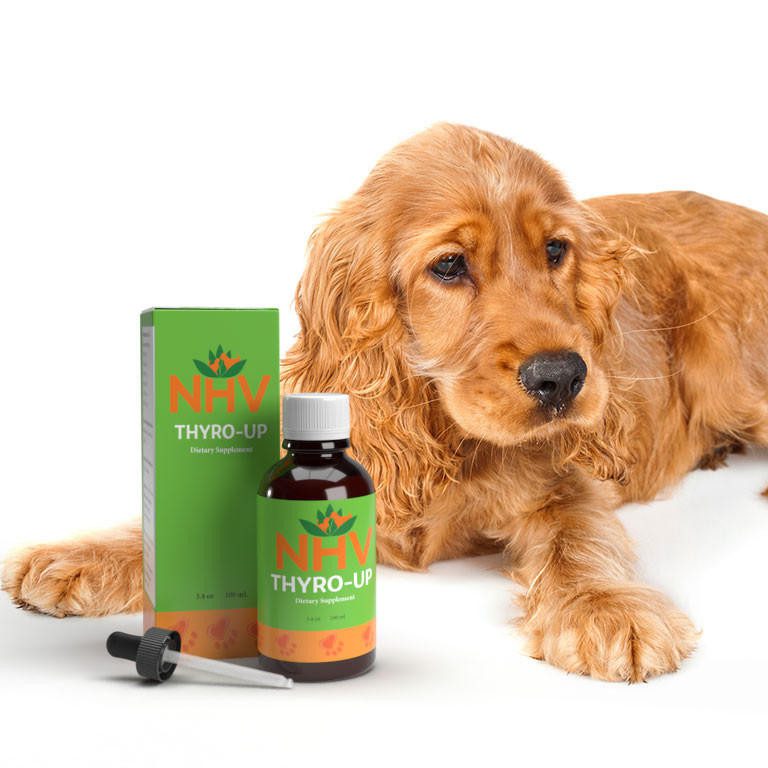
Understanding Adrenal Dysfunction in Pets: Symptoms, Causes, Diagnosis, and Treatment

Adrenal dysfunction in pets can begin quietly and significantly affect our fur baby’s quality of life. However, staying informed about adrenal dysfunction helps pet parents improve their pet’s outcomes.
The adrenal glands are small organs that sit above the kidneys. They are incredibly important as they produce hormones such as steroids that help with stress response, metabolism, immune function, and more.
There are several kinds of adrenal disorders in pets. This includes Cushing’s disease, a condition where too much cortisol is produced, or Addison’s disease, a condition where too little cortisol is produced. Both of those issues can cause different symptoms and complications in dogs and cats.
Need Professional Guidance?
Schedule a consultation with one of our expertsSymptoms and Causes
Unfortunately, the symptoms for adrenal dysfunction in pets can be vague. However, certain signs include:
· Drinking or peeing more than normal
· Hair loss or thinning coat
· Tiredness or weakness
· Digestive issues (vomiting, diarrhea)
· Body weight changes
· Skin infections
In some cases, the cause can be a tumor or an auto-immune condition. It also can be related to medications like steroids. Without diagnostic tests with a veterinarian, it may be difficult to ascertain the cause.
Diagnosis
Diagnosing adrenal dysfunction can be challenging. Veterinarians may request tests such as blood work, ACTH stimulation tests, ultrasounds, and or other diagnostic tools.
Several tests may be necessary because adrenal issues do not always readily reveal themselves.
Treatment of Adrenal Dysfunction in Pets
The treatment will really depend on the specific condition. For instance, Cushing’s disease might be managed with medication or, in some cases, surgery. Addison’s disease usually needs lifelong hormone replacement and close monitoring. The treatment and recommendations will vary based on your pet’s conditions and individual needs.
Recommended Products
Alongside traditional care, holistic support for adrenal dysfunction in pets can be very helpful. That might include things like dietary adjustments and gentle, natural supplements.
For example, NHV Supraglan is an herbal blend that may help support the adrenal glands and balance hormone levels. It contains herbs such as borage, astralagus, bistort, and more.
Cushing’s disease can also stress the kidneys, especially over time. Thus, adding NHV Tripsy as an additional support may be helpful.
Finally, Milk Thistle has shown potential in helping pets with Cushing’s disease. This herb is known for its liver-protective effects, but newer studies suggest it may help also regulate cortisol levels by improving how the body responds to it.
It is always best to talk to your veterinarian before starting anything new, but these natural supports can be safely addition to help your little one feel their best.

Supraglan
Supraglan - support healthy adrenal function

Supraglan - support healthy adrenal function
- item number
- ph2350fbd
- weight
- 0.7
-
Description
- item number
- ph2350fbd
- weight
- 0.7
-
Ingredients
-
Dosage

Resthyro for Pets – Hyperthyroid Support
Resthyro for Pets – Hyperthyroid Support
Resthyro -helps balance thyroid function in pet hat have a hyperactive thyroid

Resthyro -helps balance thyroid function in pet hat have a hyperactive thyroid
- item number
- ph2300fb
- weight
- 0.7
-
Description
- item number
- ph2300fb
- weight
- 0.7
-
Ingredients
-
Dosage

NHV Thyro-Up for Pets
NHV Thyro-Up for Pets
Thyro UP- natural support to help pets dealing with hypothyroidism

Thyro UP- natural support to help pets dealing with hypothyroidism
- item number
- ph1500fbd
- weight
- 0.7
-
Description
- item number
- ph1500fbd
- weight
- 0.7
-
Ingredients
-
Dosage

 USD
USD
 Canadian Dollars
Canadian Dollars




